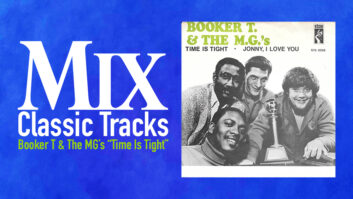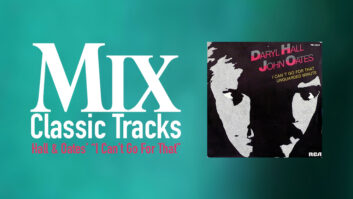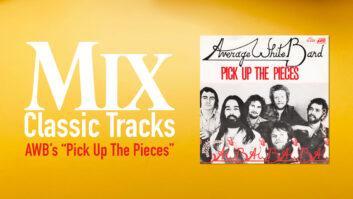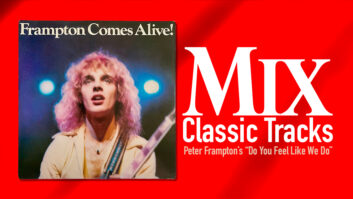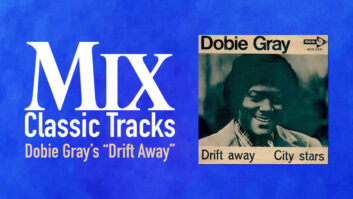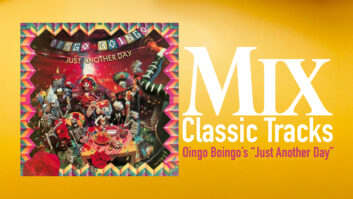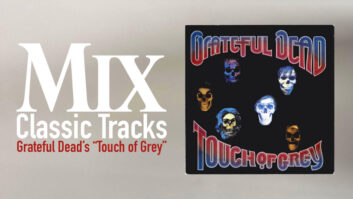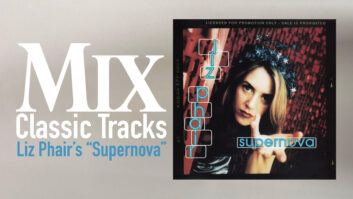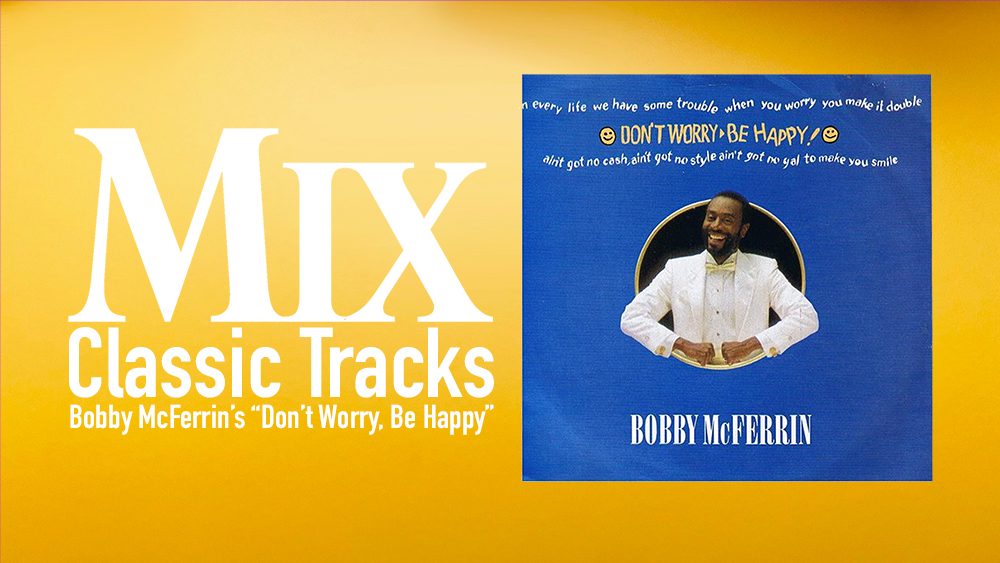
In the context of what usually gets played on the radio and goes on to become a hit, Bobby McFerrin’s 1988 smash, “Don’t Worry Be Happy” is definitely an anomaly; even, dare we use the word, a “novelty.” After all, it’s one singer, performing all the parts a cappella, on a lilting, vaguely Caribbean-sounding song with an uplifting message as simple as its title. Yet something about that song captured the imagination of millions of people around the world: Maybe it was its relaxed optimism and the fact that you practically had to sing along with it, whether you took the lead vocal, the falsetto backups, the cool bass part or just attempted the infectious whistle. The song shot to Number One on the Billboard singles chart for two weeks—September 24 and October 1, 1988—and earned Grammys for Song of the Year, Record of the Year and Best Pop Vocal Performance.
For McFerrin, there was nothing particularly unusual about the song or the recording. It was one of several he wrote for his Elektra album Simple Pleasures, on which he also covered a handful of rock classics—all constructed from multiple a cappella overdubs—including “Sunshine of Your Love,” “Good Lovin’” and “Drive My Car.” By this point, McFerrin had already established himself as a unique vocal talent with an incredible range and an uncanny gift for both improvisation and interpretation. His critically hailed 1984 breakthrough album (his second), The Voice, consisted entirely of solo vocal performances (no overdubs at all).
But on Simple Pleasures, through the miracle of overdubbing, McFerrin became a one-man band. The project began in the fall of ’87 at Power Station in New York. Though McFerrin lived in the San Francisco Bay Area, Linda Goldstein, his manager and producer since ’79, lived in Manhattan, and shortly before that, the singer had cut the theme song for The Cosby Show at Power Station with engineer Chris Tergesen using the multiple overdub method. Some of Simple Pleasures was cut there, but “Don’t Worry Be Happy” was among the tracks recorded at Fantasy Studios in Berkeley, Calif., in the winter of ’88.
As for the origin of the song, according to Goldstein, “We had just seen the movie The Three Amigos and we were all doing the bad Spanish accents from that film. We [McFerrin, Goldstein and Tergesen] were just cracking each other up, and we were making all sorts of stupid jokes, like, ‘It takes Juan to know Juan.’ We arrived at Fantasy and the entrance to one door said ‘STU’ and the other ‘DIOS,’ and we thought that was hilarious, so we kept going with Spanish accents. Bobby went to the piano in the midst of all this and started playing this tune, and I said, ‘Why don’t you sit down and write some lyrics to that?’ And Bobby wouldn’t stop doing this character, which is funny because to this day people think it’s Bob Marley or some Jamaican guy. But it’s not. That’s how bad his Spanish accent is!” The title came from the best-known saying of the Indian mystic Meher Baba.
Classic Tracks: Oingo Boingo’s “Just Another Day”
For recording multiple parts, Tergesen says, “Bobby used to go out there and start with what he called the basic track, which was a rhythm bass-y part. He would do his trademark thing of slapping his chest as he sang the bass part and it would also create little transients and percussive sounds coming out of his voice. Sometimes he would double it, and then he would do harmonies after that, and somewhere along the line he would come up with the melody and play with that for a while. Last would be the lead vocal. The mic I always used on Bobby was a Neumann tube U47.” Tergesen and Goldstein would then assemble a master composite from a combination of takes and punch-ins, doing a rough mix along the way.
He describes Fantasy Studio A as “a medium to big-sized room. You could get 40 to 50 guys in there. But wherever we went, we would put him in the main recording space so he wouldn’t sound like he was in a phone booth and feel claustrophobic singing into a wall.” The control room had an SSL console and Mitsubishi 1-inch, 32-track digital recorder, though only eight tracks were needed for “Don’t Worry.” Tergesen notes, “I used a Neve preamp and probably a UREI 1176 compressor with a very low compression ratio—4:1.” The album was mixed on an SSL at Power Station.
Actually, it was the appearance of “Don’t Worry Be Happy” on the soundtrack of the Tom Cruise film Cocktail in the summer of ’88 that brought it to the mass public. Why was it a hit? “I think we captured this unpretentious pure joy that is part of Bobby,” Goldstein says. “Everyone expected him to take the route of self-promotion that is sort of required by the industry, but that’s not Bobby. He basically decided to stay home. That song had its own wings.” And it still does—popping up regularly in films, on TV and on endless compilations.
